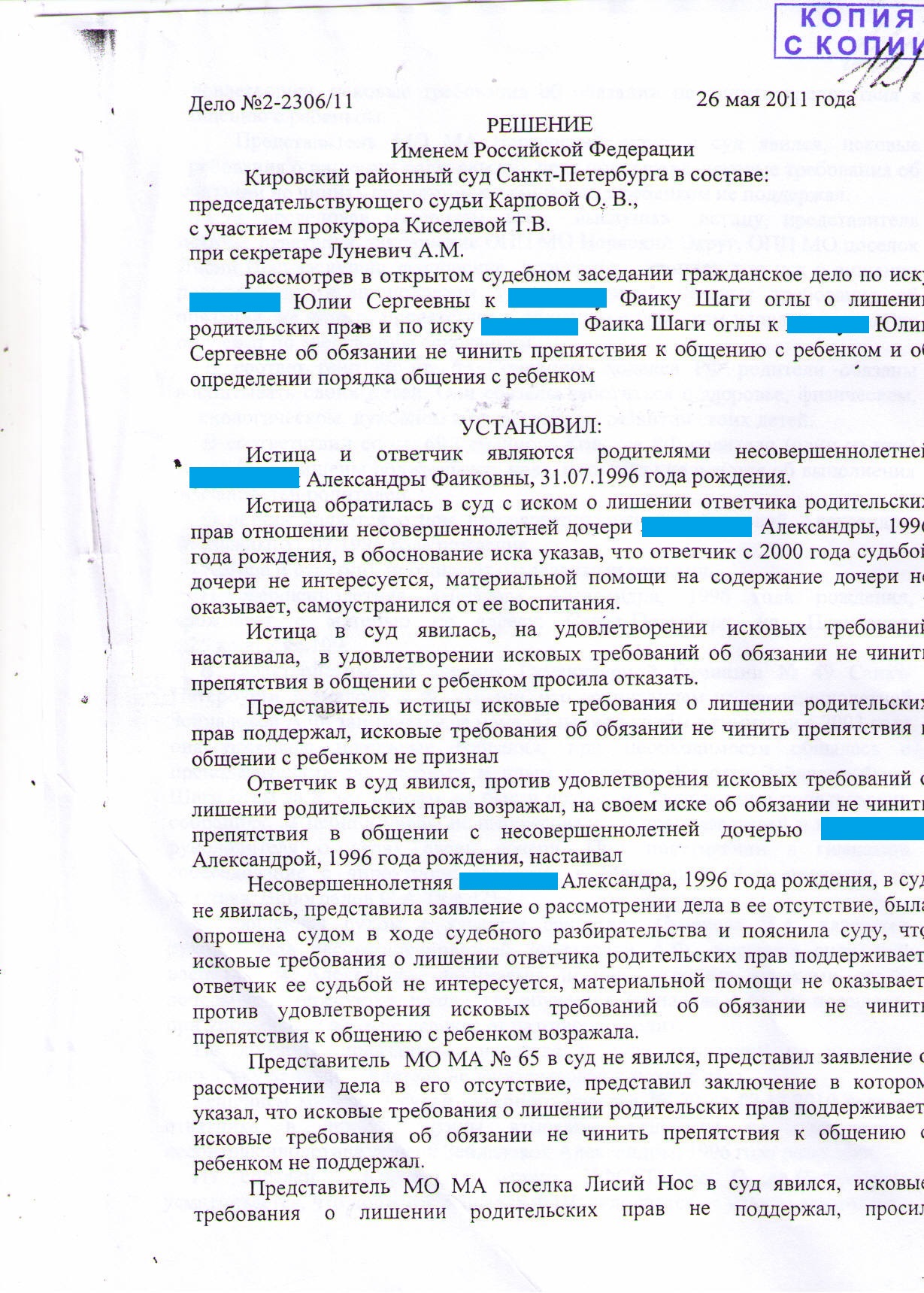Post-Quantum Cryptography: Billion-Dollar Market By 2030 Driven By New Algorithmic Standards

Table of Contents
The Quantum Threat and the Urgent Need for Post-Quantum Cryptography
Current encryption algorithms, such as RSA and Elliptic Curve Cryptography (ECC), rely on mathematical problems that are computationally difficult for classical computers to solve. However, the advent of quantum computers, with their vastly superior computational power, threatens to render these algorithms obsolete. A sufficiently powerful quantum computer could break these widely used encryption methods, potentially exposing sensitive data across various sectors.
The potential impact of a successful quantum computer breach is catastrophic. Imagine the consequences:
- Data breaches and financial losses: Banks, financial institutions, and individuals could face massive financial losses due to stolen funds and compromised accounts.
- National security risks: Government secrets, classified information, and critical infrastructure could be vulnerable to attack, jeopardizing national security.
- Loss of public trust: Widespread data breaches could erode public trust in digital systems and online services.
- Disruption of critical infrastructure: Compromised power grids, transportation systems, and communication networks could lead to significant societal disruption.
The urgency for implementing post-quantum cryptography is undeniable. It’s no longer a matter of if but when quantum computers will pose a significant threat. Proactive adoption of PQC is crucial for mitigating these risks.
Key Algorithmic Standards Driving PQC Adoption
The National Institute of Standards and Technology (NIST) has spearheaded a global effort to standardize post-quantum cryptographic algorithms. This rigorous standardization process aims to identify and select algorithms resistant to attacks from both classical and quantum computers. After years of evaluation, NIST selected several algorithms for standardization, offering a variety of options to meet different needs. Key algorithms include:
- CRYSTALS-Kyber: A key encapsulation mechanism (KEM) known for its speed and relatively small key sizes, ideal for high-performance applications.
- Key Features: Fast encryption, small keys and ciphertexts.
- Applications: Secure communication channels, TLS/SSL replacements.
- CRYSTALS-Dilithium: A digital signature algorithm offering strong security and moderate performance characteristics.
- Key Features: Strong digital signatures, suitable for various applications.
- Applications: Digital signatures, authentication, document verification.
- FALCON: Another digital signature algorithm offering a good balance between security and performance.
- Key Features: Compact signatures, relatively fast signing and verification.
- Applications: Lightweight applications, resource-constrained environments.
- SPHINCS+: A digital signature algorithm based on hash functions, offering a high level of security even against potential future attacks.
- Key Features: High security, strong resistance against quantum attacks, but larger key sizes and slower performance compared to others.
- Applications: Situations where maximum security is paramount, even at the cost of performance.
These algorithms offer diverse characteristics, allowing for tailored solutions based on specific application requirements. The performance trade-offs between speed, security, and key sizes must be carefully considered during algorithm selection.
Market Drivers and Projected Growth of the Post-Quantum Cryptography Market
The post-quantum cryptography market is experiencing rapid growth, driven by several key factors:
- Increasing government regulations and mandates: Governments worldwide are increasingly recognizing the quantum threat and enacting regulations to encourage PQC adoption.
- Growing awareness of quantum computing threats: As awareness of the potential for quantum computer attacks increases, organizations are proactively seeking solutions.
- Investment in research and development: Significant investments in R&D are fueling innovation and driving the development of new and improved PQC algorithms and solutions.
- Growing adoption across various industries: Industries such as finance, healthcare, and government are leading the way in adopting PQC solutions.
Market research projects the PQC market to reach billions of dollars by 2030, indicating a substantial and sustained growth trajectory. Major technology companies, cybersecurity firms, and research institutions are actively contributing to this growth, driving innovation and expanding market opportunities.
Challenges and Opportunities in Implementing Post-Quantum Cryptography
Migrating to post-quantum cryptography presents several challenges:
- Costs of implementation and migration: Updating systems and infrastructure can be expensive and time-consuming.
- Need for skilled professionals: A shortage of professionals with expertise in PQC can hinder adoption.
- Interoperability issues between different PQC algorithms: Ensuring seamless interoperability between different algorithms and systems is crucial.
However, the PQC market also offers significant opportunities:
- Potential for innovation and new solutions: The development of PQC is driving innovation in cryptography and related fields.
- New business models: New business models and revenue streams are emerging, creating opportunities for companies in the cybersecurity sector.
- Enhanced security: PQC provides significantly enhanced security, protecting sensitive data from future quantum attacks.
Collaboration and standardization are crucial to overcome these challenges and unlock the opportunities presented by the PQC market. A unified approach ensures smoother transitions and facilitates widespread adoption.
Conclusion
Post-quantum cryptography is no longer a hypothetical concern; it's a critical necessity for safeguarding sensitive data in the face of advancing quantum computing technology. The adoption of new algorithmic standards, coupled with increasing market demand and governmental initiatives, ensures a bright future for this burgeoning field.
Don't be left behind. Explore the world of post-quantum cryptography and ensure your organization is prepared for the quantum era. Learn more about the NIST standardized algorithms and begin planning your migration strategy today to protect your valuable assets against future quantum threats. Implement robust post-quantum cryptographic solutions to stay ahead of the curve.

Featured Posts
-
 Edinaya Rossiya Sbor Predlozheniy Dlya Predvybornoy Programmy Ot Deputatov
May 13, 2025
Edinaya Rossiya Sbor Predlozheniy Dlya Predvybornoy Programmy Ot Deputatov
May 13, 2025 -
 Lishenie Roditelskikh Prav Syna Kadyshevoy Podrobnosti Skandala
May 13, 2025
Lishenie Roditelskikh Prav Syna Kadyshevoy Podrobnosti Skandala
May 13, 2025 -
 Gibraltar Accord Post Brexit Imminent
May 13, 2025
Gibraltar Accord Post Brexit Imminent
May 13, 2025 -
 Cubs Fans Anger Over Kyle Tucker Trade Speculation
May 13, 2025
Cubs Fans Anger Over Kyle Tucker Trade Speculation
May 13, 2025 -
 Todays News Air Traffic Controller Crisis Major Trials And Thc Beverages
May 13, 2025
Todays News Air Traffic Controller Crisis Major Trials And Thc Beverages
May 13, 2025
